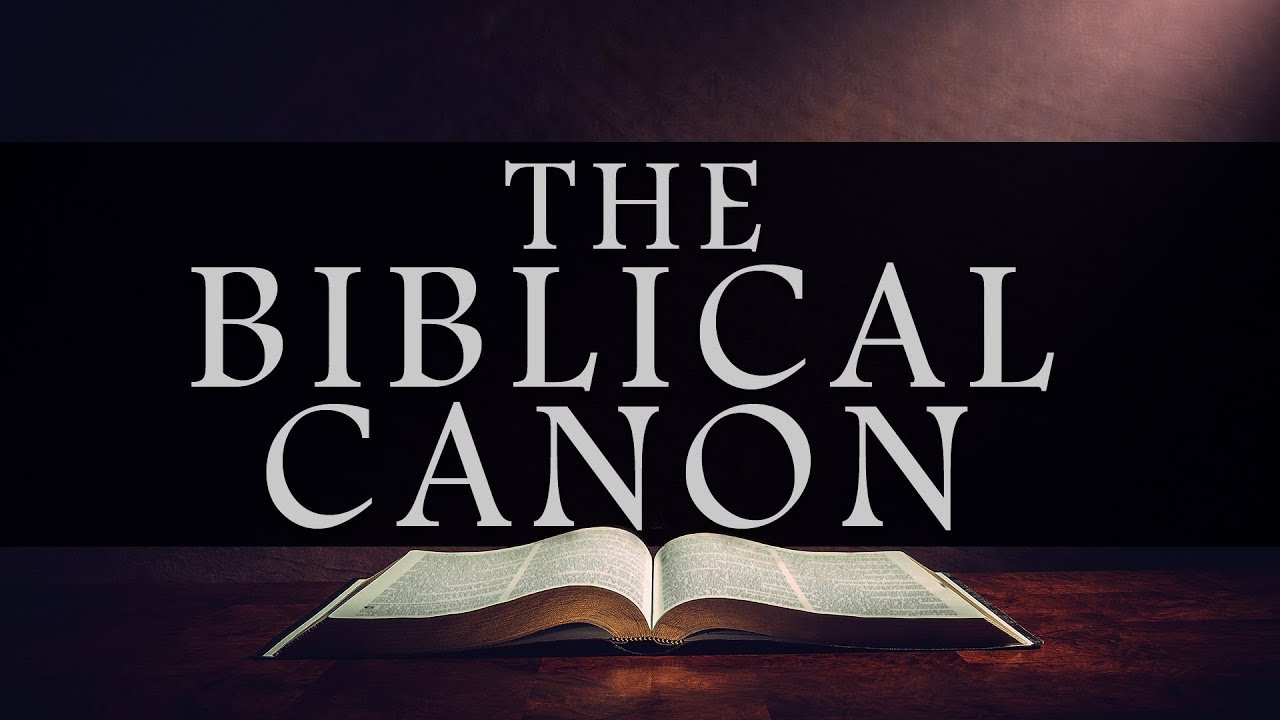Biblical Canon
Surviving documents from the 4th century show that different councils within the church released lists to guide how various Christian texts should be treated.
The earliest known attempt to create a canon in the same respect as the New Testament was in 2nd century Rome by Marcion, a Turkish businessman and church leader.
Marcion’s work focused on the Gospel of Luke and the letters of Paul. Disapproving of the effort, the Roman church expelled Marcion.
Second-century Syrian writer Tatian attempted to create a canon by weaving the four gospels together as the Diatessaron.
The Muratorian Canon, which is believed to date to 200 A.D., is the earliest compilation of canonical texts resembling the New Testament.
It was not until the 5th century that all the different Christian churches came to a basic agreement on Biblical canon. The books that eventually were considered canon reflect the times they were embraced as much the times of the events they portray.
During the Protestant Reformation in the 16th century, books not originally written in Hebrew but Greek, such as Judith and Maccabees, were excluded from the Old Testament. These are known the Apocrypha and are still included in the Catholic Bible.
Gnostic Gospels
Additional Biblical texts have been discovered, such as the Gospel of Mary, which was part of the larger Berlin Gnostic Codex found in Egypt in 1896.
Fifty further unused Biblical texts were discovered in Nag Hammadi in Egypt in 1945, known as the Gnostic Gospels.
Among the Gnostic Gospels were the Gospel of Thomas—which purports to be previously hidden sayings by Jesus presented in collaboration with his twin brother—and The Gospel of Philip, which implies a marriage between Jesus and Mary Magdalene. The original texts are believed to date back to around 120 A.D.
The Book of Judas was found in Egypt in the 1970s. Dated to around 280 A.D., it is believed by some to contain secret conversations between Jesus and his betrayer Judas.
These have never become part of the official Biblical canon, but stem from the same traditions and can be read as alternative views of the same stories and lessons. These texts are taken as indications of the diversity of early Christianity.


